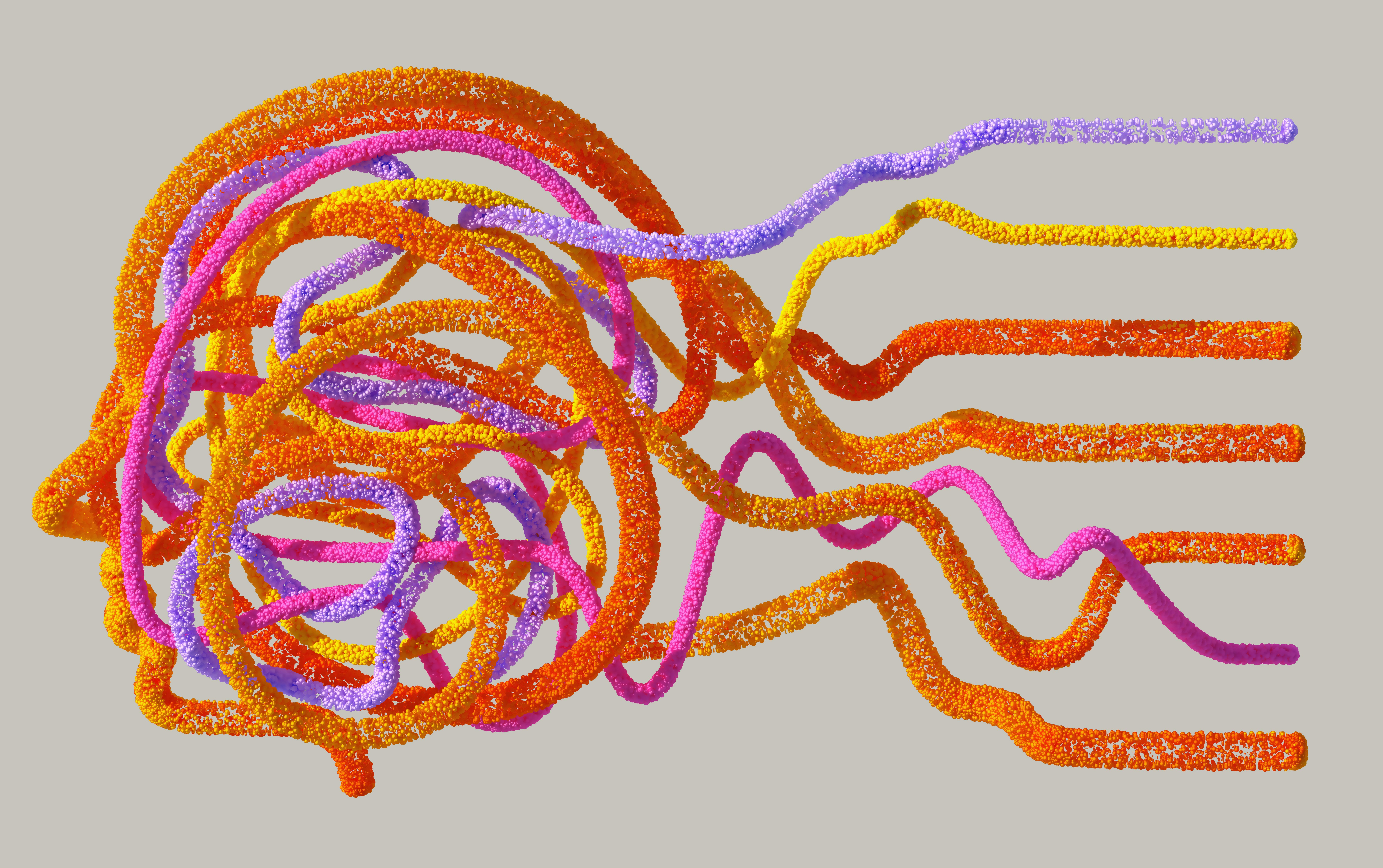Description
:
Connectomics Data Analysis Engineer (Neuroscience/computer vision)
This is a full-time, fixed term three year position on Crick terms and conditions of employment.
This is a rolling advert, therefore we encourage you to apply as soon as possible to ensure your application is considered.
About us…
The Francis Crick Institute is Europe’s largest biomedical research institute under one roof. Our world-class scientists and staff collaborate on vital research to help prevent, diagnose and treat illnesses such as cancer, heart disease, infectious diseases and neurodegenerative conditions.
The Crick is a place for collaboration, innovation and exploration across many disciplines. A space where the brightest minds can pursue big and bold ideas and discover answers to crucial scientific questions. We support them in a dynamic environment which fosters excellence with state-of-the-art infrastructure, cutting-edge facilities, and a creative and curious culture. We’ve removed traditional boundaries of departments, divisions and disciplines and instead have an open approach that supports every researcher. This gives us the freedom to take risks and carry out high-quality, pioneering research. Creating a space for discovery without boundaries helps us to turn our science into benefits for human health and the economy.
About the role…
We are looking for a motivated research scientists to work at the cutting-edge intersection of neuroscience and machine learning. The main goal is to develop computational pipelines primarily for volume electron microscopy-based connectomics to elucidate the synaptic wiring of entire insect brains and portions of mammalian brains.
The position will focus on major connectome projects across three groups: Andreas Schaefer, Lucia Prieto-Godino, and Michael Winding. You will be fully integrated into the science of the connectomics field. You will be expected to keep up with and test the latest computational methods, develop their own new methods, contribute to and/or produce independent publications, and present findings at seminars and key conferences.
The Connectomics Data Analysis Engineer will become an established and well-known figure in the connectomics field, acting as a representative of the three groups and the Francis Crick Institute.
This is a highly collaborative position. You will be embedded in the Software Engineering and AI team at the Francis Crick Institute, as well as communicating closely with the Electron Microscopy team. You will be fully immersed in the science of the Schaefer, Prieto-Godino, and Winding groups.
What you will be doing…
As aConnectomics Data Analysis Engineerat the Crick, you will:
Stay current with the latest thinking in the connectomics field through building a library of related publications Disseminating work through publications in neuroscience and related journals and through presentation at major connectomics conferences To develop machine learning based analyses approaches for segmentation and analysis of connectomics datasets as described above Develop approaches to evaluate the performance of ML models for neuron segmentation, synapse identification etc. Design and develop high-quality, optimised and maintainable pipelines and software to meet the requirements of the connectomics community Work in close collaboration with laboratory scientists and other project team members to understand the full range of data and meta-data being produced for the project Assist with creating and supporting a productive and efficient standardised model development work-flow as appropriate for the project (including versioning and automation)
About you…
You will bring…
Background in the field of connectomics Strong mathematical/statistical background with demonstrable experience in developing machine learning algorithms (including deep learning) for computer vision projects Expert level technical programming skills, with emphasis on Python (NumPy, PyTorch etc) Experience working with large-scale electron microscopy volumes at high resolution, or equivalent high-dimensional, large-scale bioimaging datasets Ability to read machine learning research articles and quickly/iteratively implement and test the algorithms described Experience of working with high performance computing clusters An understanding of good software engineering principles An understanding of reproducibility, repeatability and replicability for scientific software
To see the complete job description .
About Working at the Crick…
Our values
Everyone who works at the Crick has a valuable role to play in advancing the Crick’s mission and shaping our culture!
We are
bold. We make space for creative, dynamic and imaginative ideas and approaches. We’re not afraid to do things differently. We are
open. We’re highly collaborative and interactive, and make sure our activities are visible to the outside world. We are
collegial. We show respect for one another, work cooperatively and support the wider community.
At the Francis Crick Institute, we believe that diversity and inclusion are essential to driving innovation and scientific discovery. We are committed to creating a workplace where everyone feels valued, respected, and empowered to succeed, regardless of their background, identity, or personal circumstances. We actively encourage applications from individuals of all genders, ethnicities, abilities, and experiences. We want to ensure that everyone can apply and be part of our recruitment processes and so we'll make reasonable adjustments if you need them - just let us know when you apply. If you need assistance with applying (i.e., would like to apply by phone or post) please email:
To find out more about life at the Crick click
What will you receive?
At the Francis Crick Institute, we value our team members and are proud to offer an extensive range of benefits to support their well-being and development:
Visas:Applicants for this role will be eligible for sponsorship to work in the UK
Generous Leave: 28 days of annual leave, plus three additional days over Christmas and bank holidays.
Pension Scheme: Defined contribution pension with employer contributions of up to 16%.
Health & Well-being: 24/7 GP consultation services. Occupational health services and mental health support programs. Eye care vouchers and discounted healthcare plans.
Work-Life Balance: Back-up care for dependents. Childcare support allowance. Annual leave purchase options. Crick Networks offering diverse groups’ support, community and inclusive social events.
Perks: Discounted gym memberships, bike-to-work scheme, and shopping discounts. Subsidised on-site restaurant and social spaces for team interaction.
Development & Recognition: Comprehensive training, mentoring, and a pay structure with performance-linked progression.
Find out what benefits the Crick has to offer:
For more information on our great pay and benefits package please click here:
Equality, Diversity & Inclusion:
We welcome applications from all backgrounds. We are committed to providing equal employment opportunities, regardless of ethnicity, nationality, gender, sexual orientation, gender identity, religion, pregnancy, age, disability, or civil partnership, marital or family status. We particularly welcome applications from people who are Minority Ethnic as they are currently underrepresented in the Crick at this level.
Diversity is essential to excellence in scientific endeavour. It increases breadth and perspective, leading to more innovation and creativity. We want the Crick to be a place where everyone feels valued and where diversity is celebrated and seen as part of the foundation for our Institute’s success.
The Crick is committed to creating equality of opportunity and promoting diversity and inclusivity. We all share in the responsibility to actively promote dignity, respect, inclusivity and equal treatment and it is our aim to ensure that these principles are reflected and implemented in all strategies, policies and practices.
Read more on our website:


